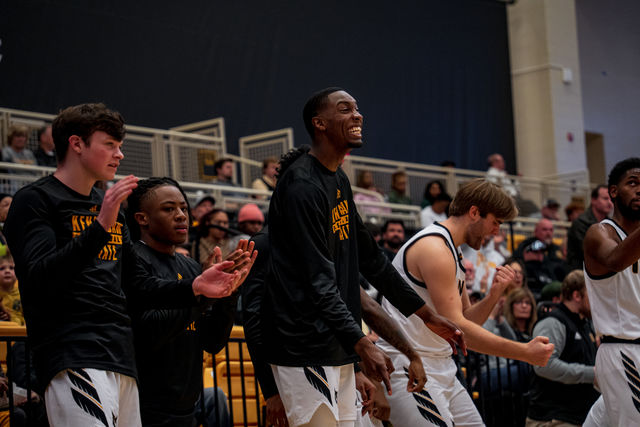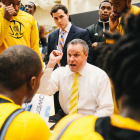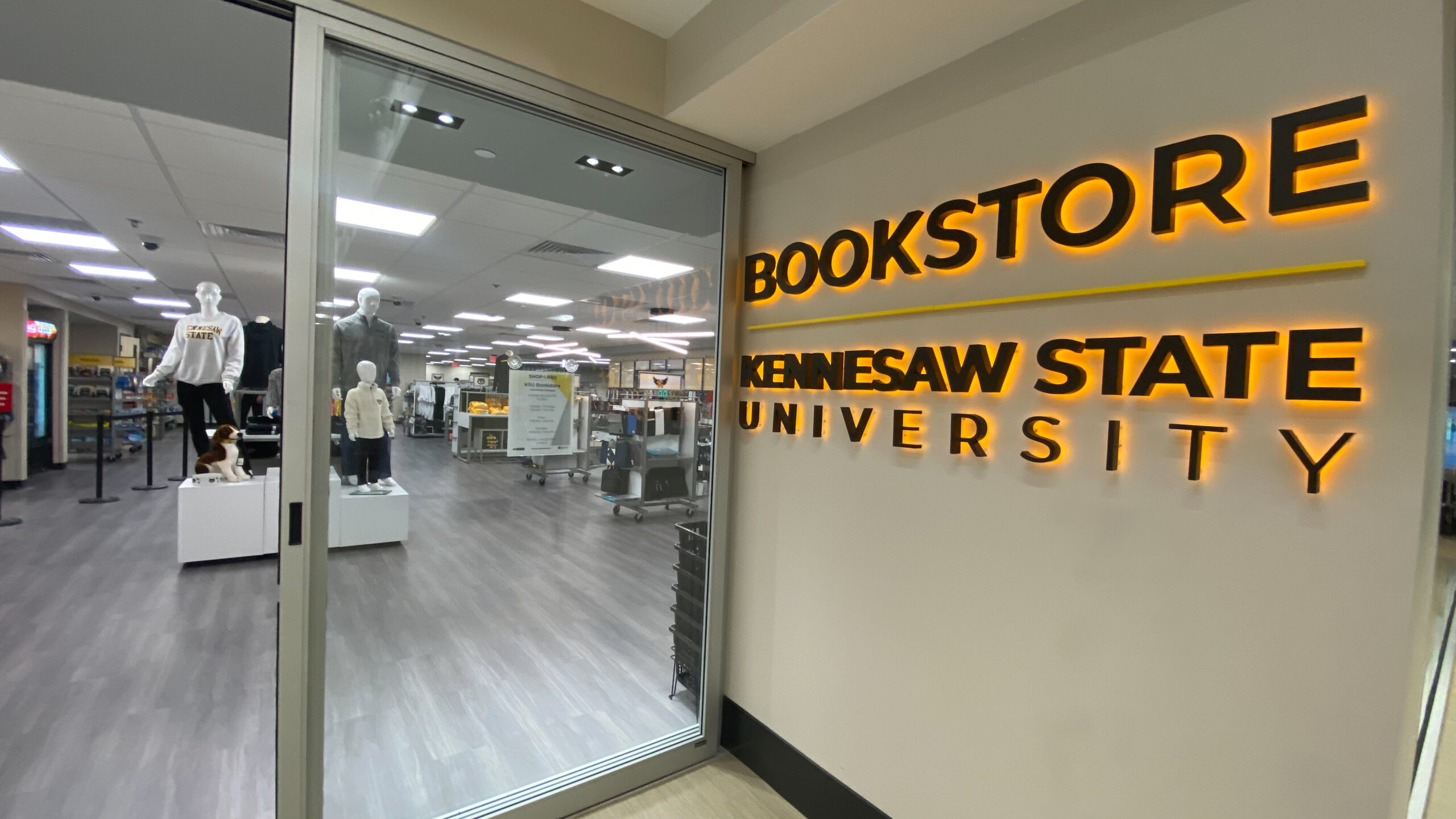The Kennesaw State Owls men’s division I basketball team went up against the Xavier Musketeers in the first round of the NCAA Tournament at the Greensboro Coliseum Complex in North Carolina, causing the team, and many students, to travel for the game. Although college sports are generally profitable, sports put many schools in the red.
March Madness brings in one billion in revenue for the NCAA making men’s basketball the second highest-grossing sport next to football. This profit comes from ticket sales, sponsorships, media rights fees, television ads and more. Large public universities often have no issue bringing in profit from sports but schools with less of a fanbase often end up with athletic department deficits which create higher student athletic fees.
According to the NCAA’s consolidated financial statements, around 90% of profit immediately is distributed to schools based on the system in place. All money to be distributed is put in the “basketball performance fund” and for each game, a team plays the conference receives a payout. An athletic conference is a collection of sports teams that play against each other.
The payout is then based on the team’s performance over 6 years and depending on how far the team makes it they can earn up to 6 units. This money can be a large part of their annual income for smaller schools and conferences. Each unit is around $360,000– meaning that each won game is worth about $2 million, according to Basketball Insiders.
Conferences are given the payout and are in charge of how the units of money are divided among the various teams/schools. While larger conferences often distribute large portions to member schools, smaller conferences often use most of the money to cover their costs. The NCAA encourages conferences to divide the money evenly despite the system in place.
In addition to being unsure how large of a payout the university will receive, the university also has to handle travel, food and filming costs which quickly build up. KSU has a longstanding partnership with Adidas which certainly helps cover sports costs and makes games profitable for the school.
Travel for the families of sports team members can often get expensive. Trips to see games can add up to thousands of dollars and leave families without money for other trips. Seeing all games is not an option for a lot of families and they are forced to choose when to see their kid playing and when they won’t. In 2015 the NCAA took action on this issue and created a fund for families to receive money for transportation, hotel and meal costs if their team reaches the final four or championship game.
Students also want to see their school’s team play which can be difficult with games in other states. College students are low on funds, which is why schools creating ways to bring students along is always a great addition to any game. For the KSU game against Xavier, the first 50 people to sign up were given a free bus ride to the game. Students then had to pay for their ticket, which was around $30 with fees.



